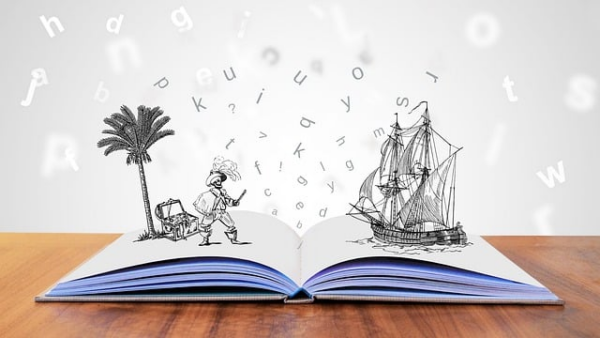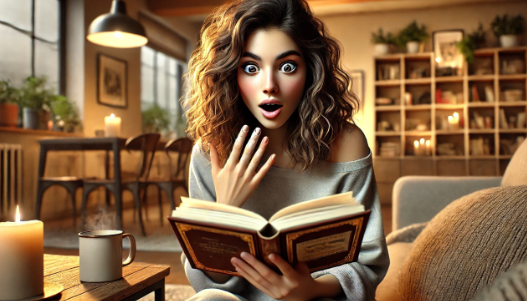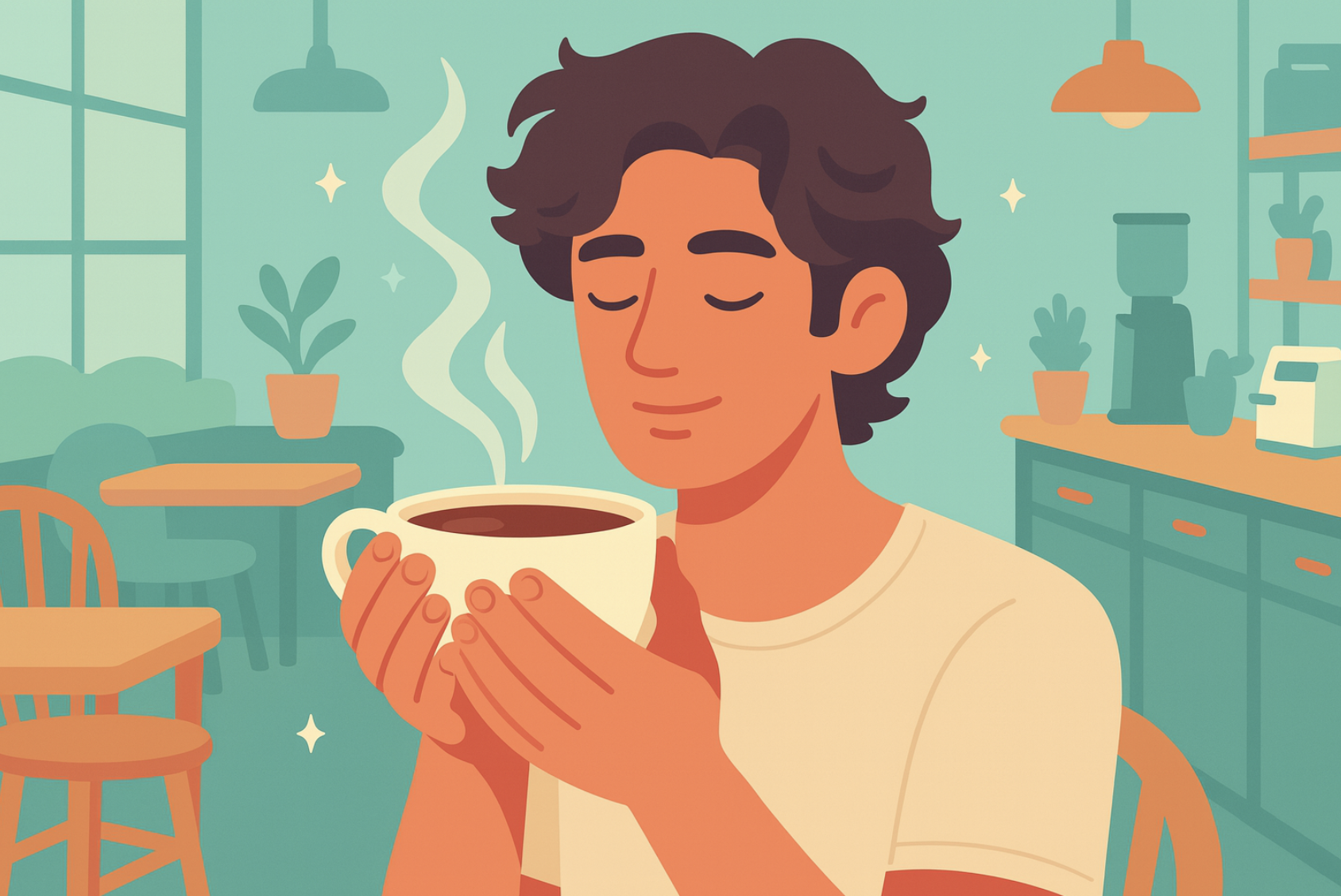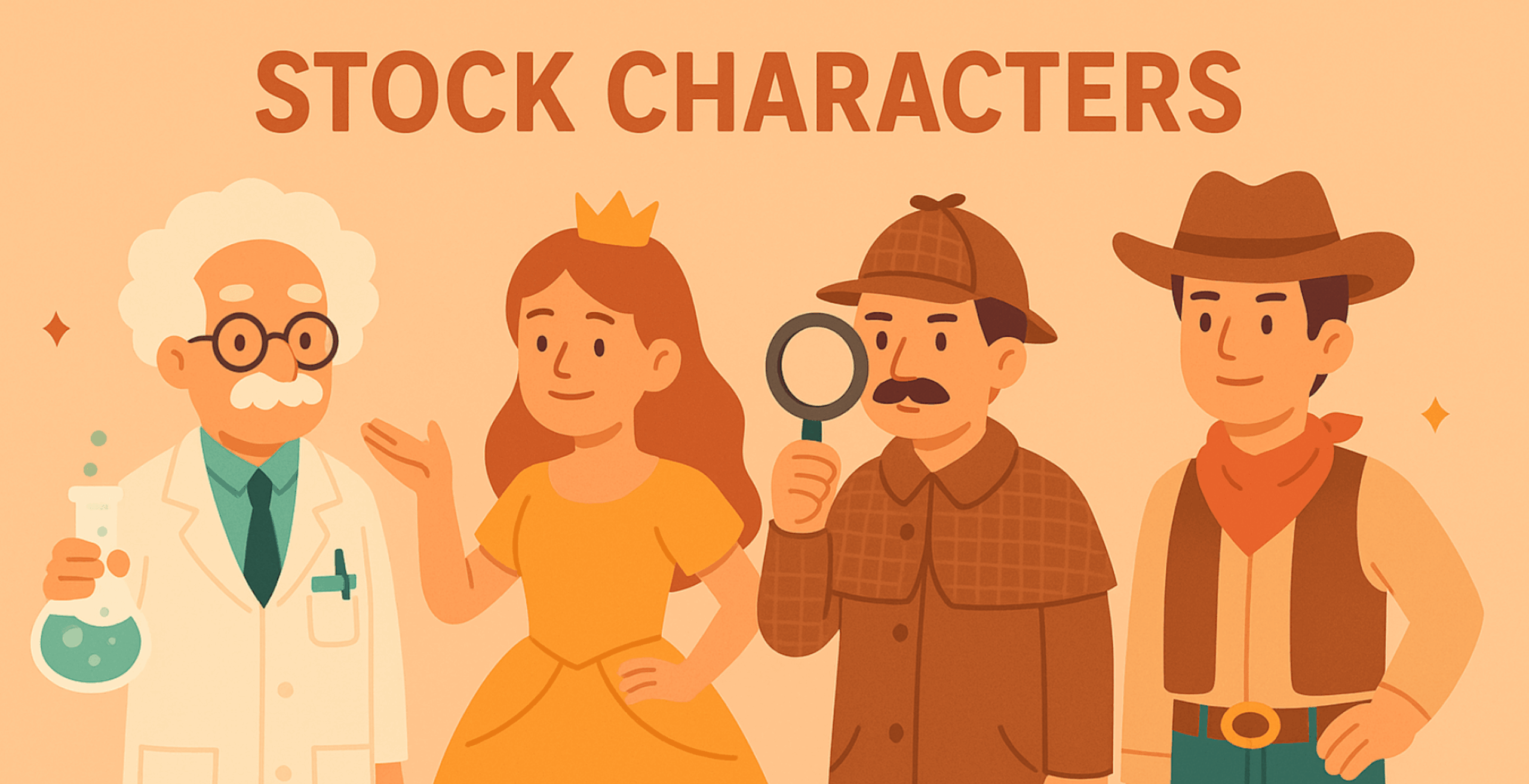Picture Sherlock Holmes without his deerstalker hat and pipe, or Harry Potter minus that lightning bolt scar. Still compelling? Absolutely. Strip away Batman’s cape or Hermione’s bushy hair, and you’d still recognize these characters by their wit, determination, and distinct personalities. That’s because truly memorable characters are built from the inside out, not the outside in.
Here’s the thing: great character design isn’t just about crafting the perfect jawline or choosing between blue eyes and brown. It’s the art of creating living, breathing people who feel so real that readers forget they’re fictional. It’s about understanding that a character’s nervous habit of tapping their fingers might reveal more about their personality than a detailed description of their designer wardrobe.
While many writers get caught up in physical descriptions—spending paragraphs on eye color and clothing choices—the characters that truly captivate readers are those with depth, contradictions, and authentic human flaws. They’re the ones who make decisions that surprise us, yet feel inevitable in hindsight.
By the end of this guide, you’ll discover how to move beyond surface-level character creation and master the fundamentals of character design that make readers care. You’ll learn to craft characters so compelling that they’ll live rent-free in your readers’ minds long after the final page is turned.
What is Character Design? (It’s Not Just Playing Dress-Up)
So, what is character design exactly? Think of it as architecture for fictional people. Just as architects don’t simply slap a pretty facade on a building and call it a day, character design goes far deeper than deciding whether your protagonist has green eyes or a crooked smile. It’s the complete blueprint that transforms a two-dimensional sketch into a three-dimensional human being who could theoretically order coffee at your local café.
Character design encompasses everything from your character’s deepest fears to their most annoying habits, from their childhood trauma to the way they laugh when they’re genuinely happy. It’s the difference between creating a cardboard cutout and crafting a person so real that readers will argue about their motivations in online forums years later.
Here’s where most writers go wrong: they focus on surface-level appearance first. “She has auburn hair and piercing blue eyes” tells us nothing about who this person actually is. Deep character construction starts with psychology—what drives them, what terrifies them, what makes them tick at 3 AM when they can’t sleep. The backstory isn’t just a timeline of events; it’s the foundation that explains why they choose vanilla over chocolate, why crowds make them nervous, or why they always sit facing the door.
The visual elements matter too, but they should serve the story. That leather jacket isn’t just fashion—it’s armor. Those wire-rimmed glasses aren’t just a style choice—they reflect a character who values precision and detail. When psychology, history, and appearance work together, you create characters that feel authentically, undeniably human.
The Character Design Sheet: Your Creative Blueprint
Think of a character design sheet as your character’s passport, driver’s license, and therapy notes all rolled into one essential document. There are crucial and proven character development techniques that are the basis of what makes your story interesting. It’s the roadmap that prevents your brooding antihero from suddenly cracking dad jokes in chapter twelve, or your meticulous planner from impulsively buying a motorcycle without explanation.
A comprehensive character design sheet captures four crucial elements: physical traits (yes, the obvious stuff like height and hair color, but also how they move through space), personality markers (their core values, fears, and contradictions), backstory highlights (the formative experiences that shaped them), and those delicious quirks that make them memorable (maybe they always eat pizza with a fork, or they can’t sleep without checking the locks twice).Why bother with all this paperwork? Because consistency breeds believability. When you know that your character bites their lip when nervous, you’ll remember to include that detail during tense scenes. When you’ve established that they grew up in foster care, their reluctance to trust others becomes authentic rather than arbitrary.
Here’s a simple template to get started:
- Basics: Name, age, occupation, key relationships
- Physical: Distinctive features, body language, style choices
- Personality: Core traits, values, flaws, fears
- History: Childhood influences, pivotal moments, secrets
- Quirks: Habits, speech patterns, pet peeves
Your character design sheet becomes your creative safety net—ensuring every decision your character makes feels true to who they really are.

How to Design a Character in 5 Steps (No Art Degree Required)
Ready to learn how to design a character that readers will obsess over? Skip the art classes—this process is all about understanding people, not drawing them. Here’s your foolproof roadmap to character creation gold.
Step 1: Start with Purpose (What’s Their Job in Your Story?)
Before you even think about eye color, ask yourself: why does this character exist? Are they the mentor who guides your protagonist? The love interest who complicates everything? The villain who represents your hero’s greatest fear? Every character needs a reason to be on the page. No tourists allowed in your story—everyone works here.
Step 2: Build from the Inside Out (Soul First, Swagger Second)
Here’s where most writers get it backwards. Instead of starting with “tall, dark, and handsome,” begin with personality. Are they optimistic or cynical? Do they lead with logic or emotion? Are they the person who brings homemade cookies to work or the one who steals lunches from the office fridge? Once you know their internal landscape, their external appearance becomes a natural extension of who they are.
Step 3: Give Them Flaws (Perfect People Are Perfectly Boring)
Nobody wants to read about someone who’s great at everything and loved by all. Flaws create conflict, and conflict creates compelling stories. Maybe your brilliant detective has trust issues, or your fearless warrior is terrified of spiders. The best character design ideas often come from revealing character histories by pairing strengths with contradictory weaknesses.
Step 4: Add Memorable Details (The Devil’s in the Specifics)
It’s not the generic stuff readers remember—it’s the fact that your character always orders exactly three ice cubes in their drink, or that they hum show tunes when they’re concentrating. These quirks don’t just add color; they reveal character. Choose details that feel authentic to who this person really is.
Step 5: Test Them in Different Situations
Put your character in various scenarios and see how they react. How do they handle stress? What makes them laugh? How do they treat service workers? If their responses feel predictable or inconsistent, you need more development time in the character workshop.
What Makes a Good Character Design? The Secret Sauce
What makes a good character design isn’t some mystical writing formula—it’s understanding the delicate dance between familiarity and surprise. The best characters feel like people you could bump into at the grocery store, yet they do things that make you think, “I never would have thought of that.”
The Relatability-Uniqueness Tightrope
Great characters hit that sweet spot between “I totally get this person” and “I’ve never met anyone quite like them.” They share universal human experiences—fear of failure, desire for connection, the awkwardness of small talk—but express these feelings in distinctly personal ways. Think of how Tyrion Lannister uses wit as both weapon and shield, making him simultaneously familiar (we all use humor to cope) and unforgettable (few do it with his particular brand of sharp intelligence).
Visual Storytelling Without Words
Good character design means their appearance tells a story before they even speak. A character’s clothing choices, posture, and grooming habits should whisper secrets about their personality. Does your workaholic wear wrinkled clothes because they sleep at the office? Does your perfectionist have immaculate nails but bite their cuticles when stressed? These visual contradictions create depth.
Consistency Meets Growth
Characters need to feel consistent enough that their actions make sense, yet flexible enough to surprise us and evolve. Elizabeth Bennet maintains her sharp wit and independent spirit throughout Pride and Prejudice, but her understanding of herself and others deepens dramatically. That’s the Goldilocks zone of character development.
The Coffee Shop Test
Here’s the ultimate litmus test: would you want to grab coffee with this character? Not because they’re perfect, but because they’re interesting. Would their stories captivate you? Would their perspective challenge your own? If the answer is yes, you’ve likely created someone worth readers’ time and emotional investment.
The secret sauce? Characters who feel human in all their messy, contradictory, surprisingly wonderful complexity.
Your Publishing Journey Awaits – Start NowCharacter Design Ideas That Actually Work
Stuck staring at a blank page, wondering where brilliant character design ideas come from? The best characters aren’t born from thin air—they’re crafted using proven techniques that transform ordinary concepts into extraordinary people. Keep these ideas in mind when crafting your story-altering characters.
→ Embrace the Beautiful Contradiction
The most memorable characters live in the spaces between expectations. Picture the intimidating biker who rescues stray cats, or the soft-spoken librarian who moonlights as a stand-up comedian. These contrasts create instant intrigue because they mirror real human complexity. We’re all walking contradictions—the key is finding the right ones that serve your story.
→ Real Life, But Make It Interesting
Your coworker who collects vintage lunch boxes might seem boring, but what if that character collected something more mysterious? Antique keys to unknown doors? Letters from strangers? Start with authentic human behaviors, then add a twist that elevates the ordinary into the compelling.
→ Archetypes Are Launching Pads, Not Landing Strips
Sure, begin with the rebel, the mentor, or the innocent—archetypes exist because they work. But don’t stop there. What makes your rebel different from every other leather-jacket-wearing rule-breaker? Maybe they rebel by following rules so precisely that they expose the system’s flaws.
→ Specificity Trumps Everything
Instead of “she was nervous,” try “she arranged her pens by color when anxious.” Rather than “he was rich,” show us “he bought first-class tickets for flights under an hour.” Specific details create characters who feel lived-in rather than manufactured.
Bringing Your Characters to Life
Creating characters that captivate readers isn’t about following a rigid formula—it’s about understanding that great character design is equal parts psychology, artistry, and genuine human observation. We’ve covered the essentials: starting with purpose over appearance, building comprehensive character design sheets, embracing flaws and contradictions, and testing your creations in the wild.
Remember, character design is an iterative process. Your first draft won’t be perfect, and that’s exactly as it should be. Real people are messy works in progress, and your fictional ones should be too. Don’t be afraid to experiment—give your stoic warrior a secret love of terrible reality TV, or let your villain have moments of genuine kindness that complicate everything. Even find some beta readers to check your work and fall in love – or hate – with your characters.
Here’s your homework: pick one character from your current project and apply these principles. Start with their core purpose, build their inner world, then let their contradictions surprise you. Create their character design sheet and watch them transform from a plot device into a living, breathing person.
Because here’s the beautiful truth: when you craft characters who feel authentically human, they don’t just serve your story—they become the beating heart that makes readers care about everything else. Your plot, themes, and world-building all become more powerful when filtered through characters we can’t help but invest in.
Now, go create someone unforgettable.
FAQs – Character Design
Q1: How do I develop my own character?
Start with purpose—determine what role your character plays in your story. Then build from the inside out: establish their core personality traits, fears, and motivations before worrying about appearance. Create a character design sheet covering their backstory, relationships, and quirks. Give them meaningful flaws and contradictions that create internal conflict. Finally, test them in different scenarios to ensure they react consistently with their established personality.
Q2: How do you design a character based on personality?
Begin with 3-5 core personality traits that define your character. Ask yourself: How do these traits manifest in their behavior, speech patterns, and decision-making? Let their personality dictate their appearance—a meticulous perfectionist might have immaculate grooming, while a free spirit might wear mismatched socks. Consider how their personality creates both strengths and weaknesses, then show these traits through actions rather than just description.
Q3: What to avoid in character design?
Avoid perfect characters without flaws—they’re boring and unrealistic. Don’t rely on stereotypes or clichés without adding unique twists. Skip over-the-top physical descriptions that don’t serve the story. Avoid inconsistent behavior that doesn’t match established personality traits. Don’t create characters who exist solely to serve plot points without their own goals and motivations. Finally, resist the urge to make every character likable—compelling characters are more important than pleasant ones.
Q4: How do you design realistic characters?
Base characters on real human psychology and behavior patterns. Give them contradictions—just like real people, they should have traits that don’t always align perfectly. Include specific, authentic details rather than generic descriptions. Show how their past experiences shaped their current behavior. Give them realistic flaws, fears, and blind spots. Make their dialogue sound natural to their background and personality. Most importantly, ensure their actions stem from believable motivations.
Q5: What does good character design look like?
Good character design creates people who feel authentically human while serving the story’s needs. They have clear motivations, believable flaws, and consistent behavior that can still surprise readers. Their appearance reflects their personality and background. They grow and change throughout the story while maintaining their core identity. Readers should be able to predict how they might react in new situations based on established traits, yet still be surprised by their specific choices.
Q6: What are common character design mistakes?The biggest mistakes include: creating Mary Sue/Gary Stu characters who are too perfect; relying on appearance over personality; making characters who are inconsistent in their behavior; giving characters tragic backstories that don’t actually affect their current actions; creating characters who exist only to serve plot functions; using stereotypes without adding depth; making every character either completely good or completely evil; and forgetting to give characters their own goals beyond helping the protagonist.







